Efficient transportation is the backbone of any thriving business, ensuring that goods move seamlessly from producers to consumers. At CarMax Trailer, we understand the multifaceted nature of transportation and strive to provide solutions that enhance reliability, safety, and cost-effectiveness. This guide delves into the intricacies of transporting goods, offering detailed insights to help you navigate the complexities of logistics with confidence.
Choosing the Right Semi-Trailer for Your Needs
Selecting the appropriate semi-trailer is pivotal to the success of your transportation operations. Various types of semi-trailers cater to different cargo requirements:
| Semi-Trailer Type | Best For | Key Features |
|---|---|---|
| Flatbed | Construction materials, machinery | Open deck, easy loading/unloading |
| Dry Van | General freight, retail goods | Enclosed structure, weather protection |
| Refrigerated | Perishable goods, pharmaceuticals | Temperature control systems |
| Tank | Liquids, gases | Specialized containment systems |
| Curtainside | Versatile cargo, oversized items | Flexible sides for easy access |
Factors to Consider
- Cargo Type: Identify the nature of your goods to determine the suitable trailer type.
- Load Capacity: Ensure the trailer can handle the weight and volume of your cargo.
- Regulatory Compliance: Adhere to regional and national transportation standards.
- Durability: Choose trailers built to withstand the demands of your specific industry.
- Customization Options: Opt for trailers that can be tailored to your unique requirements.
At CarMax Trailer, we offer a diverse range of semi-trailers designed to meet varying transportation needs, ensuring that your goods are transported efficiently and safely.

Planning Your Transportation Route
Effective route planning is essential for minimizing delays, reducing costs, and ensuring timely deliveries. Consider the following steps:
1. Assessing Geographic Constraints
- Road Infrastructure: Evaluate the condition and capacity of roads along your intended route.
- Bridge Clearances: Ensure that your semi-trailer can navigate under bridges without issues.
- Traffic Patterns: Analyze peak traffic times to avoid congestion and delays.
2. Optimizing for Fuel Efficiency
- Shortest Path: Calculate the most direct route to save time and fuel.
- Terrain Considerations: Favor routes with flatter terrain to reduce fuel consumption.
- Stopover Points: Plan strategic stops for refueling and rest without detouring significantly.
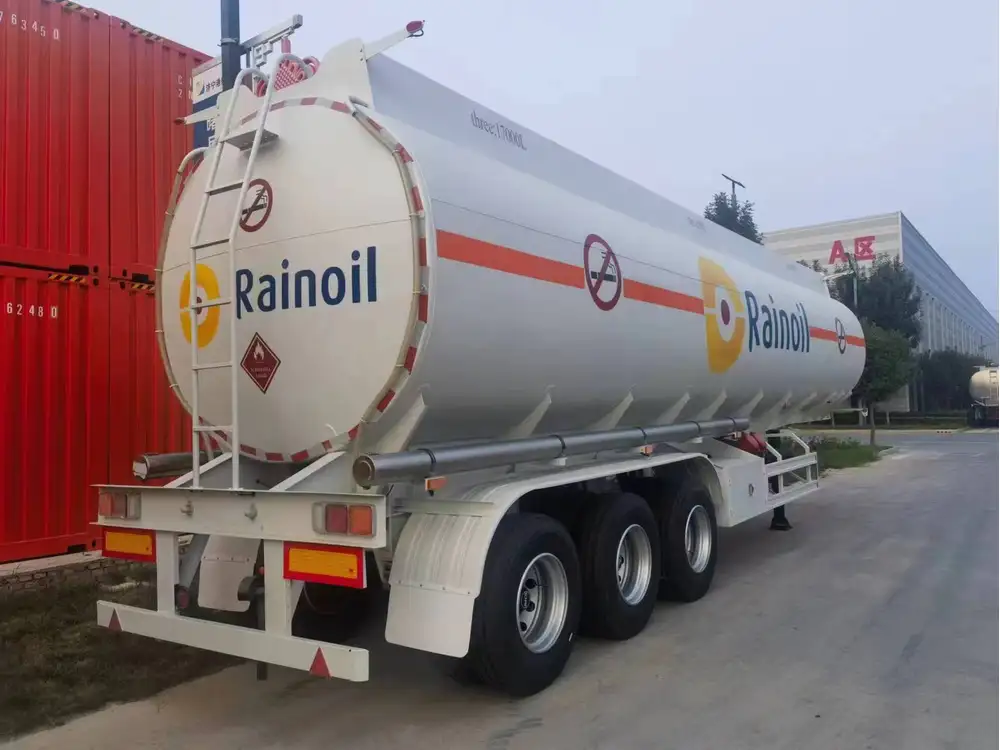
3. Incorporating Real-Time Data
- GPS Tracking: Utilize GPS systems to monitor and adjust routes in real time.
- Weather Forecasts: Stay informed about weather conditions that may impact your journey.
- Dynamic Routing Software: Implement software that can adapt to unexpected changes on the road.
4. Compliance with Regulations
- Permits and Licenses: Secure necessary permits for specific routes, especially for oversized loads.
- Weight Restrictions: Adhere to weight limits on roads and bridges to avoid fines and ensure safety.
- Time Restrictions: Be aware of time-based restrictions in certain areas to prevent disruptions.
Proper route planning not only enhances efficiency but also contributes to the safety and reliability of your transportation operations.
Loading and Securing Cargo Safely
Proper loading and securing of cargo are critical to prevent damage, ensure safety, and comply with regulations. Follow these best practices:
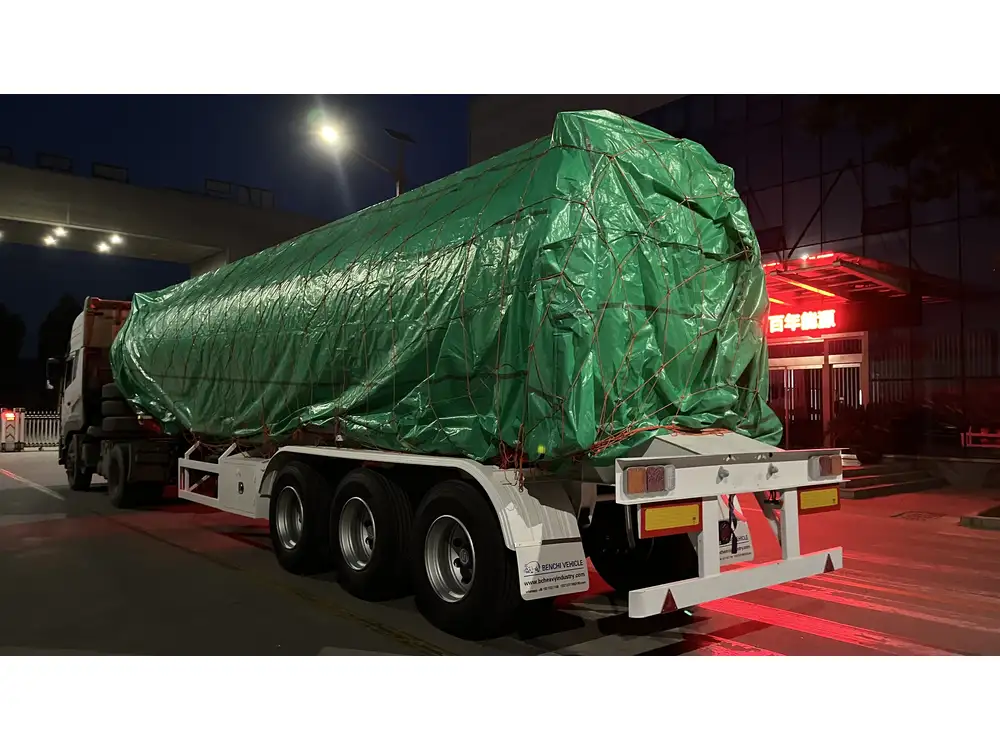
1. Weight Distribution
- Even Distribution: Balance the load evenly across the trailer to maintain stability.
- Axle Load Limits: Ensure that the weight on each axle does not exceed legal limits.
- Center of Gravity: Position heavy items lower and closer to the center of the trailer to enhance balance.
2. Securing Techniques
- Ratchet Straps: Use high-quality ratchet straps to secure cargo firmly.
- Load Bars and Anchors: Implement load bars and anchors to prevent shifting during transit.
- Covering Cargo: Protect goods from environmental elements using tarps or covers when necessary.
3. Proper Stacking
- Heavier Items First: Place heavier items at the bottom and lighter ones on top to prevent tipping.
- Space Optimization: Utilize vertical space efficiently without compromising stability.
- Accessibility: Arrange cargo in a manner that allows for easy access and unloading.

4. Inspection and Verification
- Pre-Load Inspection: Examine the trailer and securing equipment before loading.
- Post-Load Checks: Confirm that all cargo is securely fastened and that there are no loose items.
- Regular Monitoring: Periodically check the load during transit, especially on long journeys.
Implementing these loading and securing practices ensures the integrity of your cargo and the safety of all road users.
Compliance with Transportation Regulations
Adhering to transportation regulations is non-negotiable for legal operation and maintaining a good reputation. Key regulatory areas include:
1. Federal and State Regulations
- Hours of Service (HOS): Comply with regulations governing driver working hours to prevent fatigue.
- Vehicle Standards: Ensure that trailers meet safety and maintenance standards set by authorities.
- Emission Controls: Follow environmental regulations related to emissions and fuel standards.

2. Licensing and Permits
- Commercial Driver’s License (CDL): Ensure drivers possess the appropriate CDL for the trailer type.
- Oversize/Overweight Permits: Obtain permits for transporting loads that exceed standard dimensions or weight limits.
- Hazardous Materials (HazMat) Certifications: Secure necessary certifications for transporting hazardous goods.
3. Safety Protocols
- Regular Inspections: Conduct routine inspections to identify and rectify potential safety issues.
- Incident Reporting: Follow protocols for reporting accidents or violations promptly.
- Driver Training: Provide comprehensive training to drivers on safety practices and regulatory compliance.
4. Documentation and Record-Keeping
- Bills of Lading: Maintain accurate shipping documents for each load.
- Inspection Reports: Keep detailed records of vehicle inspections and maintenance.
- Compliance Records: Archive documentation related to permits, licenses, and regulatory adherence.
Staying compliant not only avoids legal penalties but also enhances your company’s credibility and operational efficiency.
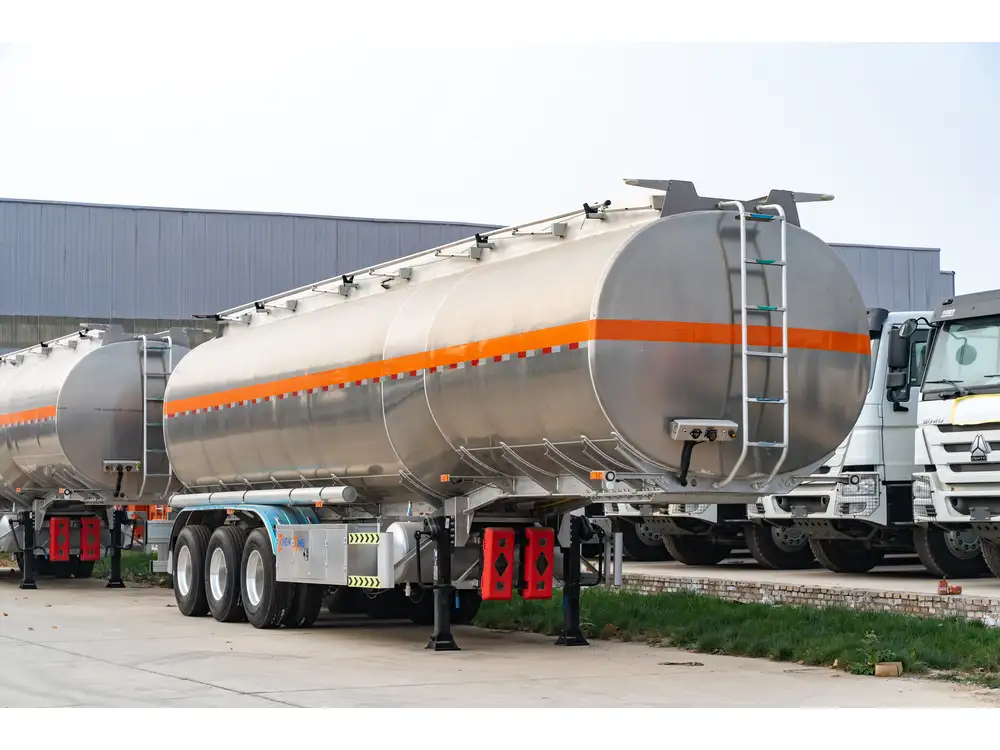
Maintenance and Management of Semi-Trailers
Regular maintenance is crucial for extending the lifespan of your semi-trailers and ensuring reliable performance. Key maintenance practices include:
1. Routine Inspections
- Daily Checks: Inspect tires, brakes, lights, and couplings before each trip.
- Weekly Inspections: Conduct more thorough examinations, including structural integrity and fluid levels.
- Monthly Maintenance: Perform comprehensive maintenance tasks such as lubrication and electrical system checks.
2. Preventive Maintenance Programs
- Scheduled Servicing: Adhere to manufacturer-recommended service intervals to prevent breakdowns.
- Component Replacements: Replace worn-out parts proactively to avoid unexpected failures.
- Tracking Systems: Use maintenance management software to schedule and track maintenance activities.
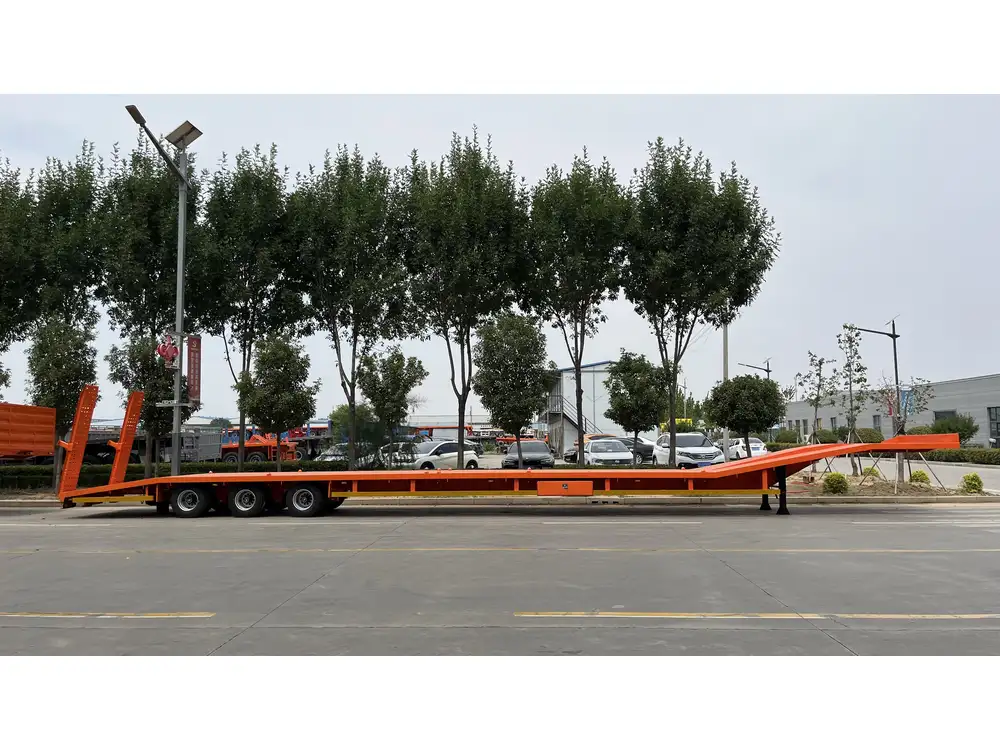
3. Repair Strategies
- On-Site Repairs: Equip drivers with tools and parts for minor repairs during transit.
- Service Centers: Partner with reliable service centers for more extensive repairs and maintenance.
- Emergency Plans: Develop contingency plans for dealing with unexpected breakdowns or accidents.
4. Record Management
- Maintenance Logs: Keep detailed logs of all maintenance and repairs performed on each trailer.
- Digital Records: Utilize digital platforms to manage and access maintenance records efficiently.
- Compliance Documentation: Ensure that all maintenance activities meet regulatory requirements.
Effective maintenance and management practices not only enhance the reliability of your fleet but also reduce long-term operational costs.
Technology and Innovations in Transportation
Embracing technological advancements can revolutionize your transportation operations, enhancing efficiency and safety. Key innovations include:

1. Telematics and GPS Tracking
- Real-Time Monitoring: Track the location, speed, and status of your trailers in real time.
- Route Optimization: Utilize data analytics to optimize routes for fuel efficiency and timely deliveries.
- Driver Behavior Analysis: Monitor driving patterns to improve safety and reduce wear and tear.
2. Automated Systems
- Automated Loading: Implement automated loading systems to increase speed and accuracy.
- Electronic Logging Devices (ELDs): Use ELDs to maintain accurate records of driver hours and compliance.
- Smart Sensors: Equip trailers with sensors to monitor cargo conditions, such as temperature and humidity.
3. Advanced Safety Features
- Collision Avoidance Systems: Integrate systems that alert drivers to potential collisions.
- Lane Departure Warnings: Use technology to warn drivers if the trailer drifts out of its lane.
- Stability Control: Implement systems that maintain trailer stability during transit.
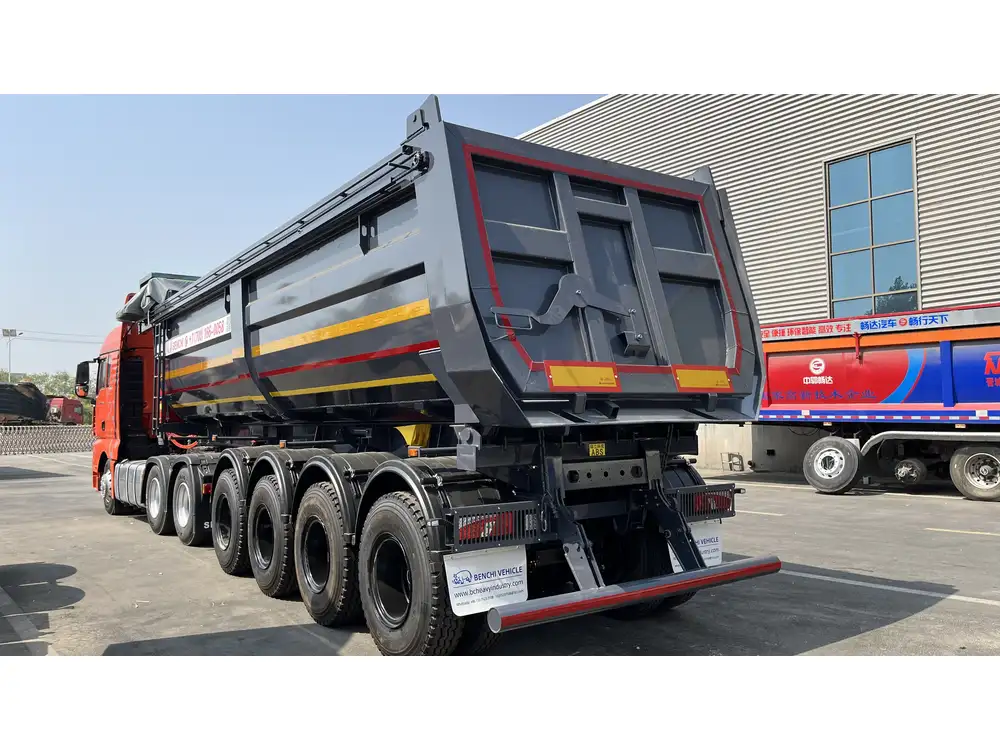
4. Sustainable Technologies
- Electric Trailers: Explore electric-powered trailers for reduced emissions and operational costs.
- Energy-Efficient Systems: Incorporate energy-efficient lighting and climate control systems.
- Renewable Energy Sources: Utilize renewable energy sources for trailer accessories and operations.
Staying abreast of technological innovations positions your transportation operations at the forefront of efficiency and safety.
Cost-Effective Strategies for Transporting Goods
Managing costs without compromising on quality is essential for maintaining profitability. Implement the following strategies to achieve cost-effective transportation:
1. Fuel Efficiency Measures
- Aerodynamic Designs: Utilize trailers with aerodynamic features to reduce drag and improve fuel economy.
- Regular Maintenance: Keep engines and trailers in optimal condition to enhance fuel efficiency.
- Driver Training: Educate drivers on fuel-saving techniques such as smooth acceleration and deceleration.

2. Optimizing Load Capacity
- Maximize Trailer Space: Efficiently use every inch of trailer space to transport more goods in a single trip.
- Reduce Empty Miles: Plan routes and schedules to minimize trips with partially loaded trailers.
- Consolidate Shipments: Combine multiple shipments to reduce the number of trips needed.
3. Leveraging Technology
- Route Optimization Software: Use software to find the most cost-effective routes with minimal tolls and fuel usage.
- Fleet Management Systems: Implement systems that monitor and manage fleet performance to identify cost-saving opportunities.
- Telematics Data Analysis: Analyze data to identify inefficiencies and areas for cost reduction.
4. Negotiating with Suppliers
- Bulk Purchasing: Buy supplies and parts in bulk to take advantage of discounts and lower costs.
- Long-Term Contracts: Establish long-term relationships with suppliers for better pricing and reliability.
- Competitive Bidding: Regularly solicit bids from multiple suppliers to ensure competitive pricing.
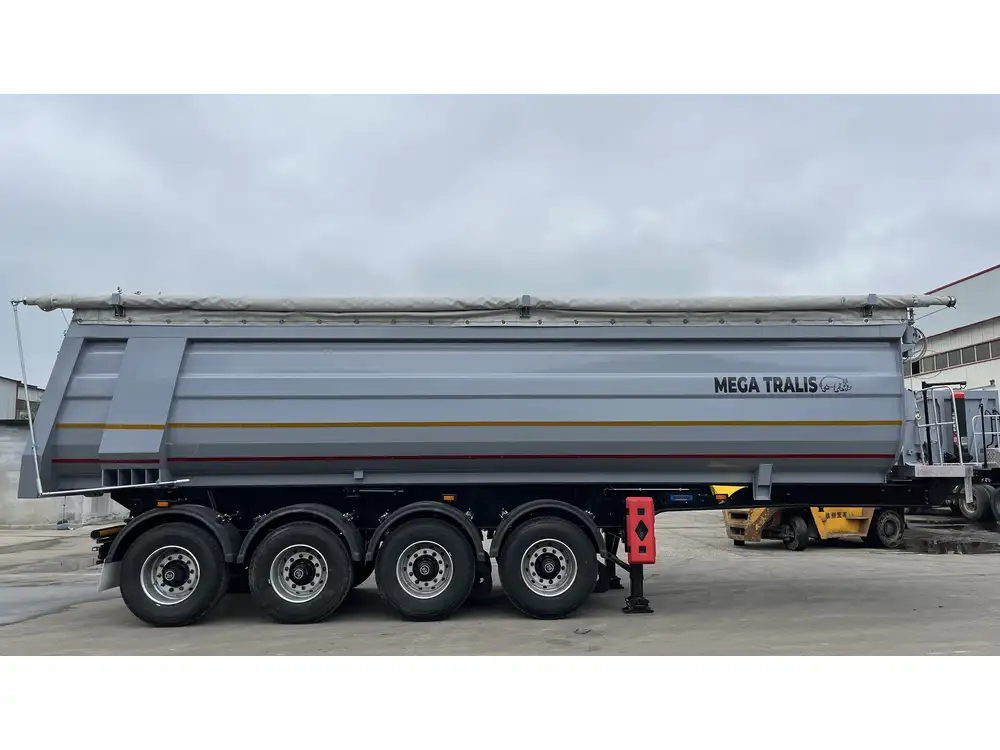
5. Reducing Maintenance Costs
- Preventive Maintenance: Implement preventive maintenance to avoid costly emergency repairs.
- In-House Repairs: Develop in-house repair capabilities to reduce dependence on external service providers.
- Quality Parts: Use high-quality parts that offer better longevity and performance, reducing the frequency of replacements.
By adopting these cost-effective strategies, you can enhance your transportation efficiency while maintaining a healthy bottom line.
Environmental Considerations in Transportation
Sustainable transportation practices not only benefit the environment but also enhance your company’s reputation and compliance with regulations. Key considerations include:
1. Reducing Emissions
- Fuel-Efficient Trailers: Choose trailers designed to minimize fuel consumption and reduce emissions.
- Alternative Fuels: Explore the use of alternative fuels such as biodiesel or natural gas to lower your carbon footprint.
- Emission Control Technologies: Implement technologies like catalytic converters and particulate filters to reduce harmful emissions.

2. Sustainable Practices
- Eco-Friendly Materials: Use trailers constructed from sustainable materials with lower environmental impact.
- Recycling Programs: Establish recycling programs for materials used in trailer manufacturing and maintenance.
- Green Logistics: Adopt logistics practices that prioritize sustainability, such as consolidating shipments and reducing empty runs.
3. Energy Conservation
- Efficient Lighting: Install energy-efficient lighting systems in and on your trailers.
- Climate Control Optimization: Use smart climate control systems that adjust settings based on real-time conditions.
- Renewable Energy Integration: Incorporate renewable energy sources, such as solar panels, to power trailer systems.
4. Regulatory Compliance
- Stay Informed: Keep abreast of evolving environmental regulations and standards in the transportation industry.
- Certification Programs: Participate in certification programs that recognize and validate your sustainable practices.
- Reporting and Transparency: Maintain transparent records of your environmental impact and efforts to improve sustainability.
Embracing environmental considerations not only contributes to global sustainability but also positions your business as a responsible and forward-thinking entity.
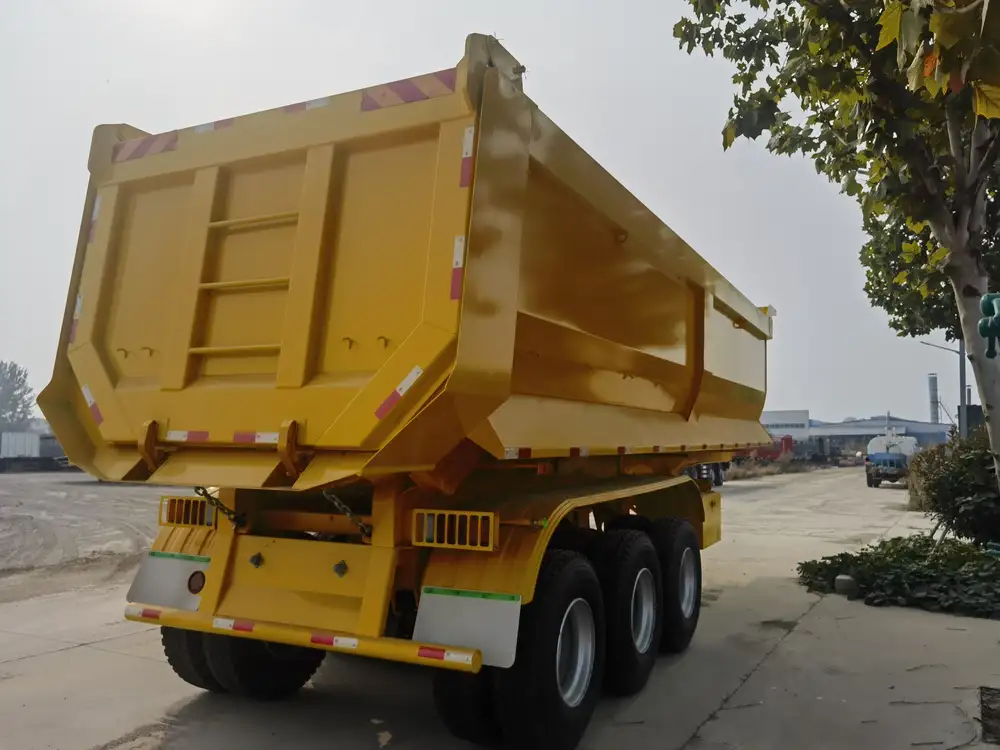
Conclusion: Partnering with CarMax Trailer for Optimal Solutions
Transportation is a complex and dynamic field that demands precision, efficiency, and adaptability. At CarMax Trailer, we are committed to providing top-of-the-line semi-trailers and comprehensive solutions that address every aspect of your transportation needs. From selecting the right trailer and planning effective routes to ensuring regulatory compliance and incorporating cutting-edge technologies, we are your trusted partner in achieving transportation excellence. Elevate your logistics operations with CarMax Trailer and experience unmatched reliability, safety, and efficiency.
Frequently Asked Questions
1. What factors should I consider when selecting a semi-trailer?
When selecting a semi-trailer, consider the type of cargo you plan to transport, load capacity, trailer durability, customization options, and compliance with relevant regulations. Assessing these factors ensures that you choose a trailer that meets your specific transportation needs effectively.

2. How can I ensure the safety of my cargo during transport?
To ensure cargo safety, focus on proper loading and weight distribution, use high-quality securing mechanisms like ratchet straps and lock systems, regularly inspect the trailer and cargo during transit, and adhere to safety protocols and regulations. Additionally, investing in driver training enhances overall safety during transportation.
3. What are the key regulations for transporting goods via semi-trailers?
Key regulations include adhering to Hours of Service (HOS) for drivers, ensuring vehicle standards and maintenance, securing necessary permits for oversize or overweight loads, complying with emission standards, and following safety protocols for hazardous materials if applicable. Staying informed and compliant with these regulations is crucial for legal and safe operations.
4. How does CarMax Trailer enhance transport efficiency?
CarMax Trailer enhances transport efficiency by offering a diverse range of semi-trailers designed for various cargo types, incorporating advanced technologies like GPS tracking and telematics for real-time monitoring, providing customizable solutions tailored to specific needs, and ensuring high standards of durability and maintenance to minimize downtime and maximize reliability.

5. What maintenance practices are essential for semi-trailers?
Essential maintenance practices for semi-trailers include routine daily and weekly inspections, adhering to a preventive maintenance schedule, promptly addressing any repairs or wear and tear, maintaining accurate maintenance logs, and ensuring that all components such as brakes, tires, and lights are functioning optimally. Regular maintenance extends the lifespan of trailers and ensures safe and efficient transportation.



